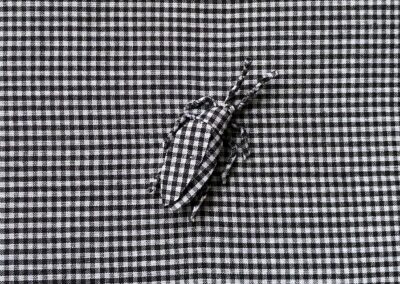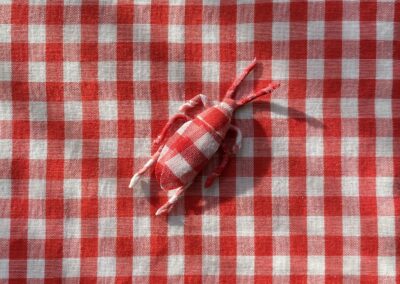Curatorial Statement:
So often the events of the world break our hearts. We pay close attention to polarizing news; we confront and carry the grief of losing loved ones—to the pandemic, to other illnesses, to wars, and to other unnecessary violences.
Given the existential dilemma we find ourselves in, what would it mean for a society to ambitiously mobilize artists to do their most essential work well and fully, with the aim of catalyzing transformative change? Could the chaotic domain of the artist’s creative process be the fertile ground from which a healthier and more sustainable, just, and caring society emerges?
– Shannon Litzenberger
Litzenberger is an embodied leadership facilitator and cultural champion working at the intersection of art, ideas, and transformational change; she asks an important question, one that underlies the curatorial mission of the Turchin Center. One of the goals of the Community Gallery is to offer opportunities for emerging artists to show us the beauty of the world through their creative vision.
In Congregations, Sarina Angell gently guides us to look closely at her delicate artwork and then take that attention to detail out into the world, finding beauty in places we often overlook, collecting beauty and delight as pivot points to the devastating events that can otherwise consume our thoughts. Beauty is a powerful ally in an unjustly damaged world; beauty invites a visceral response, invites wonder, invites awe. Trebbe Johnson, founder of the global community Radical Joy for Hard Times, writes: “Beauty matters. You cannot escape beauty and you cannot stop being attracted to it because beauty allures. Beauty seduces. Beauty wants you to come closer.” This is exactly what Angell’s grid of repurposed hickory nut shells does: the enormous net of tiny shimmering objects compels you, seduces you, into coming closer to find the beauty of their contained worlds.
There are over 16 species of slow-growing hickory trees that produce edible nuts in North America, including shagbark, southern shagbark, shellbark or kingnut hickory, pignut, red hickory, black hickory, and mockernut. The Carolina Hickory is found only here in our Southern Appalachian Mountains. Although difficult to open because of the density of their shells, hickory nuts are one of the most calorie-rich in the forest, well worth the effort as each nut can pack nearly 200 calories in its tiny heart. The folklorists say that the thicker the hickory nut shell, the harder the coming winter. Wonder at the marvels of nature takes patience and being curious enough to want to understand what the world is made of.
Angell creates beautifully unique and lasting moments in each intricately strong hickory nut shell she transforms through her craft. Each tiny shell is a singular star; together, they create a constellation expanding into galaxies of line, texture, pattern, color, form—the building elements of art and of the universe. These seductive worlds open our eyes to beauty—stargazing we are transformed. Angell’s artwork is fertile ground that changes the way we see the world, encouraging a “more sustainable, just, and caring society,” by revealing that we are all connected—to hickory nut shells, to stardust, and thus to each other.
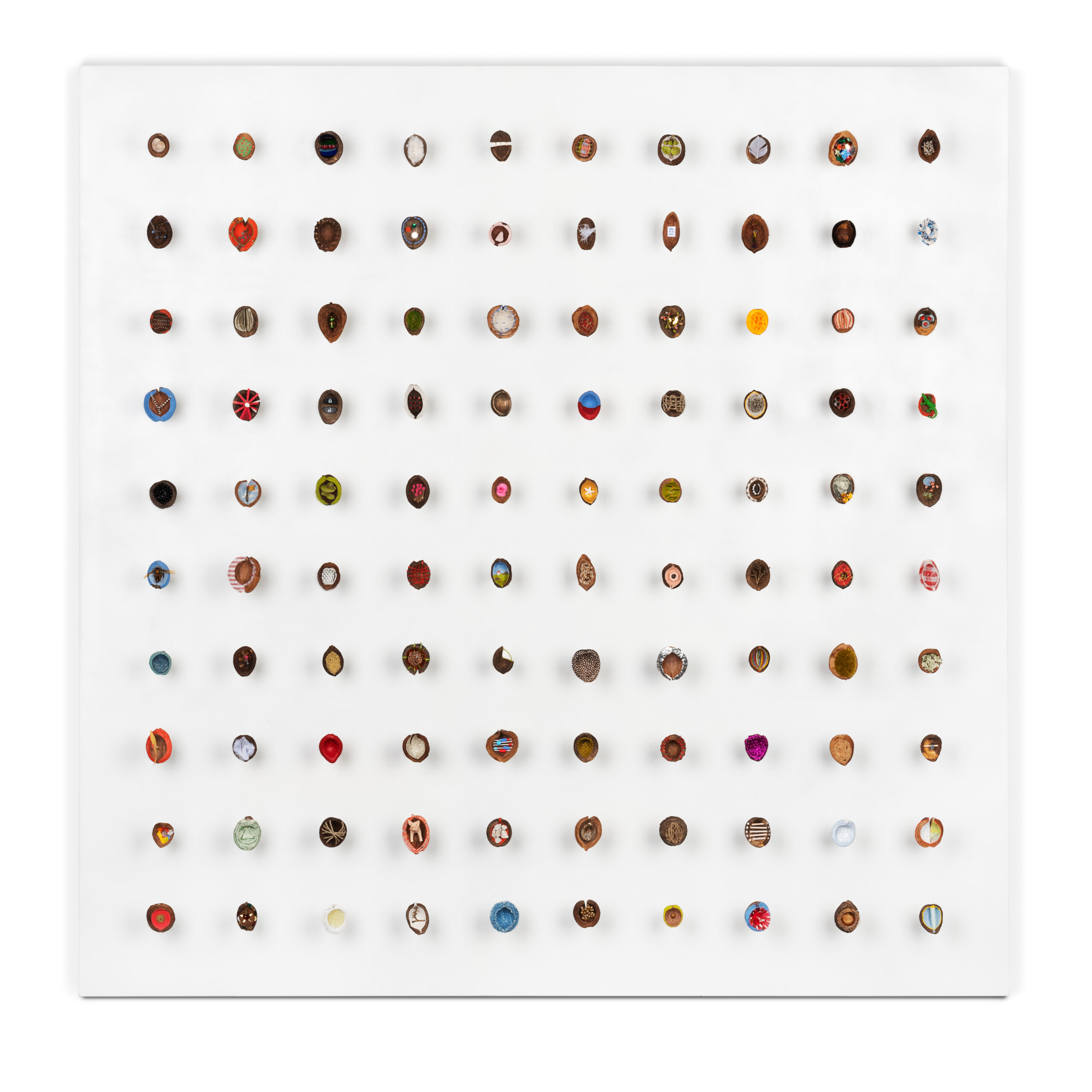
Sarina Angell, Nuts
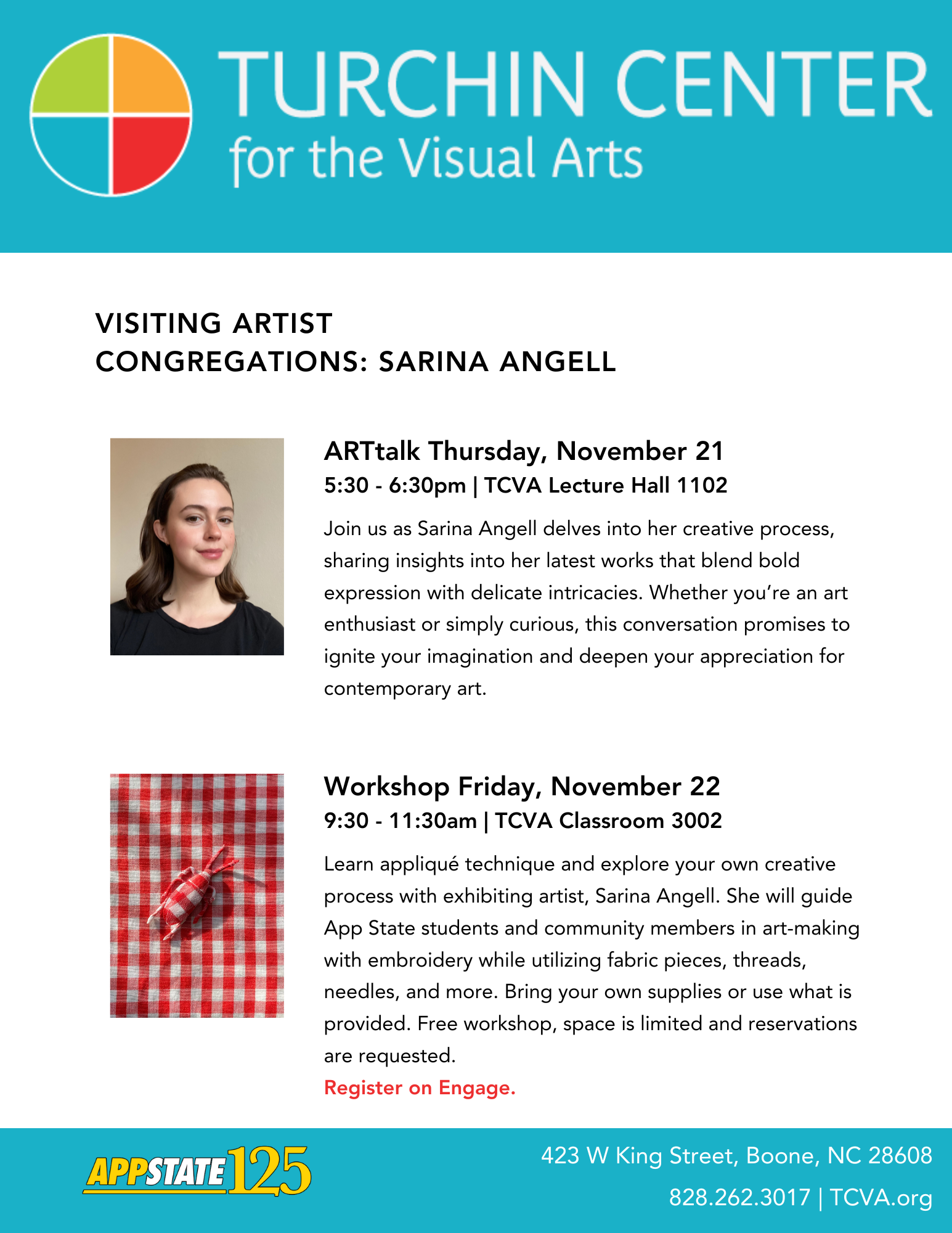
Artist statement
My practice stems from an instinct to notice and collect—objects, memories, sounds, sentiments. I am drawn to represent moments sometimes overlooked, and to capture ephemera as it passes by. By accumulating and sorting representations of these moments into collections, I work across various media to create open-ended narratives. I like to punctuate my meticulous work with notes of humor, as a reward for noticing.
Sarina Angell
About the artist
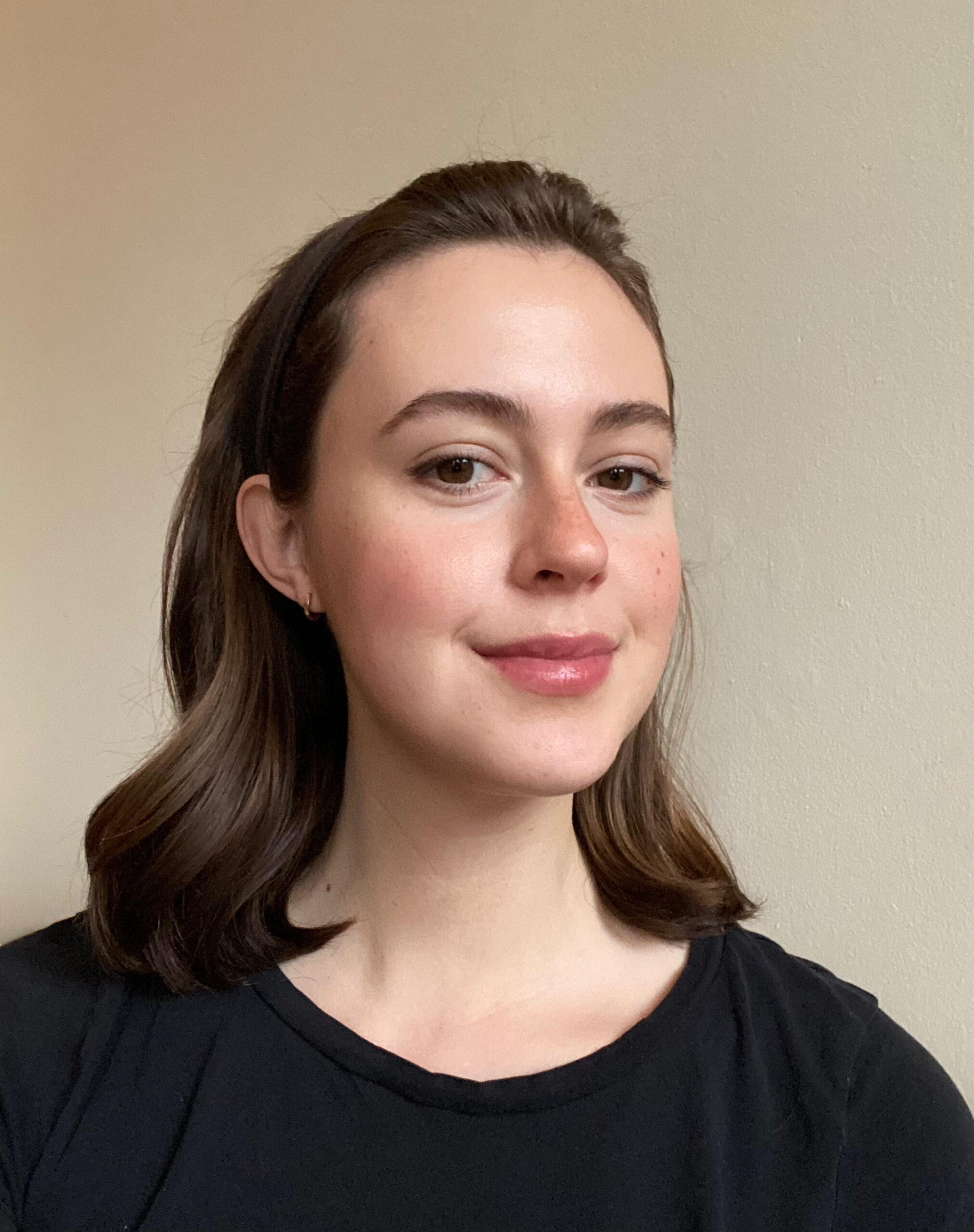
Sarina Angell is an artist living and working in Baltimore, MD. She earned a BFA in Fiber from the Maryland Institute College of Art, and recently completed the Core Fellowship at the Penland School of Craft. She maintains practices in both fine art and wearable art, and the two inform and engage with one another. Angell pulls from a dynamic collection of symbols that often reference her upbringing in the rural Southeast.

